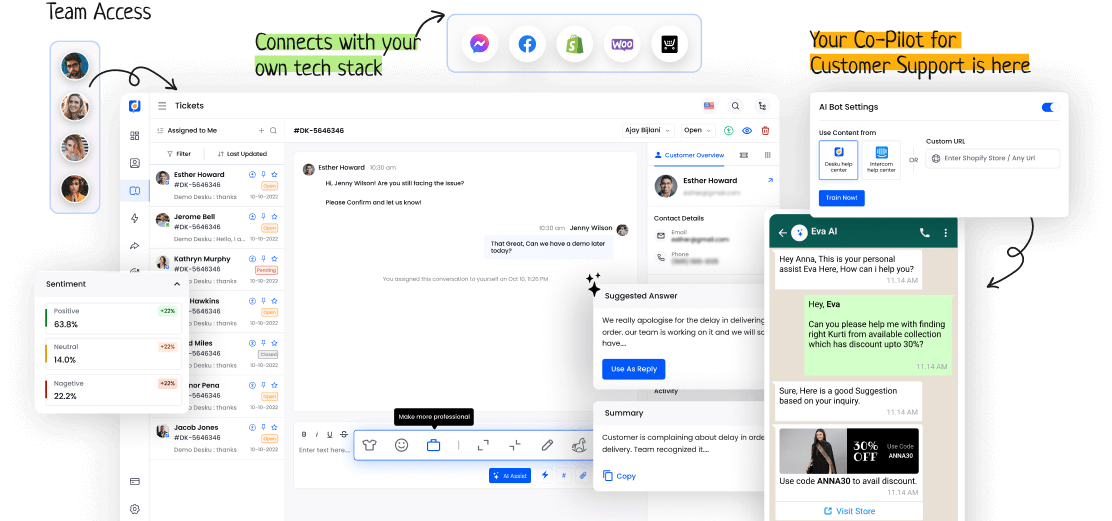Voice User Interfaces, or VUIs, are common in our daily tech interactions. But what is a VUI? It's vital to grasp how VUIs work and their role in today's tech world to understand their full potential.
We can figure this out by studying the growth and design of VUIs. This will help us see the basic parts that guide our talks with voice-activated systems.
Stay with us as we explore the complex yet simple world of Voice User Interfaces.
I. Understanding Voice User Interface
Voice User Interfaces (VUI) let users talk to technology. They can give spoken commands or ask questions. A voice assistant is a VUI example. It lets users do tasks by speaking.
Speech recognition is key. It interprets and carries out user commands.
VUI makes talking to devices and apps easy and quick.
II. Evolution and Significance of VUI
Voice User Interfaces have made big strides. Not only do they change how we connect with tech, but they also make the user experience better. This strong tech lets us do tasks like set reminders, look up info, and manage smart devices. The table below shows how VUI makes the user experience better.
| Better User Experience | Perks |
|---|---|
| Speed | Does tasks quicker, saving time. |
| Access | Aids users with disabilities to interact well. |
| Custom | Shapes responses to suit individual likes. |
III. Designing Effective Voice User Interfaces
Designing Voice User Interfaces needs crafting user-focused interactions. User engagement is critical. It guarantees that interactions are easy and valuable.
Seamless conversation flow is crucial. It guides users through the interface. It offers a natural and pleasing experience.









